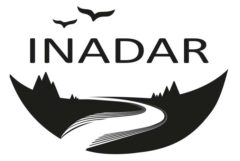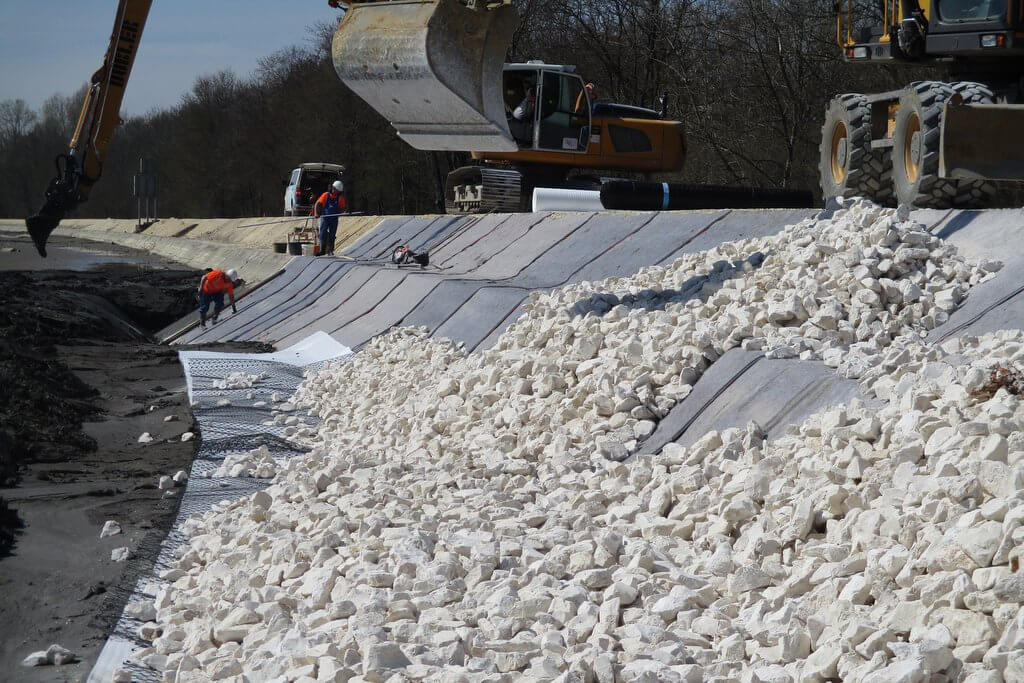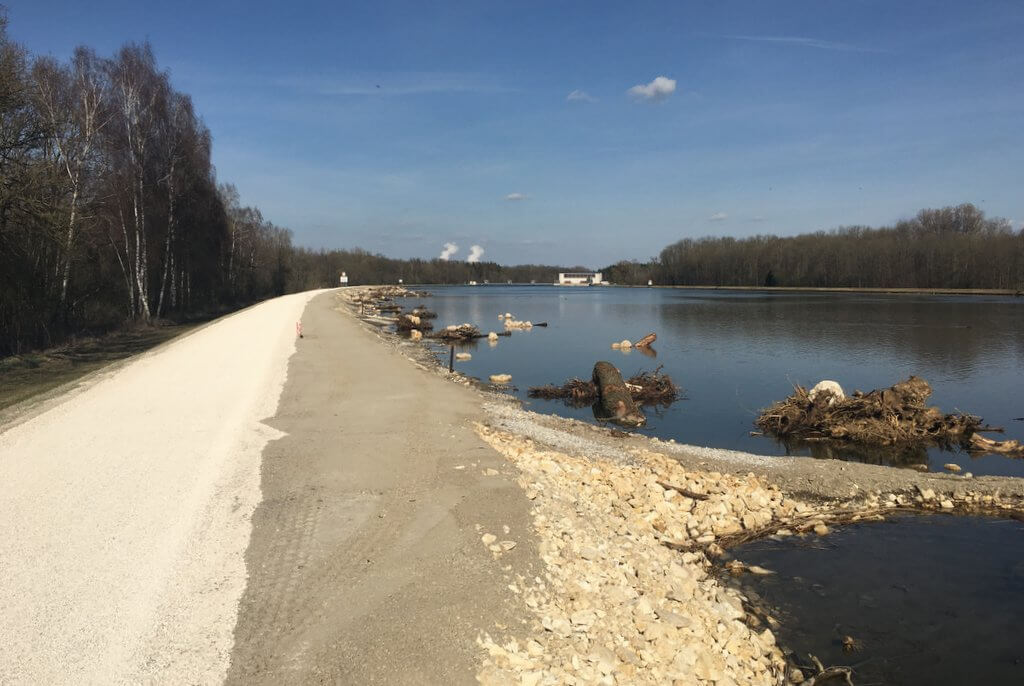Our Solution Approach
INADAR links the requirements of flood protection with nature conservation and connects the river with the riparian and alluvial forests.
At the core of this new approach to dam restoration are the so-called „eco-berms“ built from natural resources. Not only are they designed to rehabilitate the dam and raise it if necessary but also to improve the ecology in the riparian zones.Eco-berms are suitable for dams where the river profile is not critical for flood protection, for example in water basins of hydropower stations and floodgates or at inland waterways.In contrast to classical dam raising, the necessary widening can be carried out on the water side of the dam. This way, the eco system on the air side of the dam is protected. Eco-berms make it possible to do the restoration and elevation of the dam requested by the Directive for Flood Risk Management and the improvement of the ecological potential as demanded by the Water Framework Directive (WFD) in one work step. This increases the efficiency and cost effectiveness of the measures.
How does the construction of eco-berms work?
The first step to build an eco-berm is to excavate some parts of the sediments and prepare the ground for the construction with geo-grids.
A bentonite/root protection mat makes sure that the dam remains safe and future vegetation has no opportunity to cause damages. This layer is covered with gravel and rocks. The ecological structures are built on top.The construction of an eco-berm consists of two parts, which are shown schematically in the figure below. The first part focuses on infrastructural measures, i.e. on the restoration, the raising and the sealing of the dam.Part two consists of ecological measures that guarantee the ecological improvement of the dams and the reservoir. The ecological measures make it possible to design habitats specifically for different species. Among other things, near-natural bank areas, islands and deadwood structures can be built in as a shelter for juvenile fauna such as fish.
An essential part of the project was to document and evaluate the development of these measures with the aim to assess how the different habitats are accepted by the local flora and fauna. The monitoring was carried out by the University of Innsbruck, the Technical University of Munich and the Aueninstitut Eichstätt. In the first step, the evaluation intended to collect information about the actual state which serves as a reference state for further assessment. Subsequently, changes will be observed at regular intervals by means of suitable technical and ecological indicators.
The results of the monitoring confirm that our approach provides at least the same flood protection as traditional approaches but at the same time it provides a significant improvement of the ecological situation. New habitats for fauna and flora have developed and negative impacts on the existing alluvial forests were avoided. The number of fish species and the number of individuals for these species has increased significantly.Read more about the results here!LEW Wasserkraft has already implemented the eco-berm approach in Günzburg, Feldheim and Elgau (Iller). Other sites are scheduled for the near future. The method could be adapted for implementation along thousands of kilometers of riverbanks in Europe that meet the requirements.Read more about the implementation of the project.Watch a talk about our innovative approach with em. Prof. Theodor Strobl, TU München here (in German):




